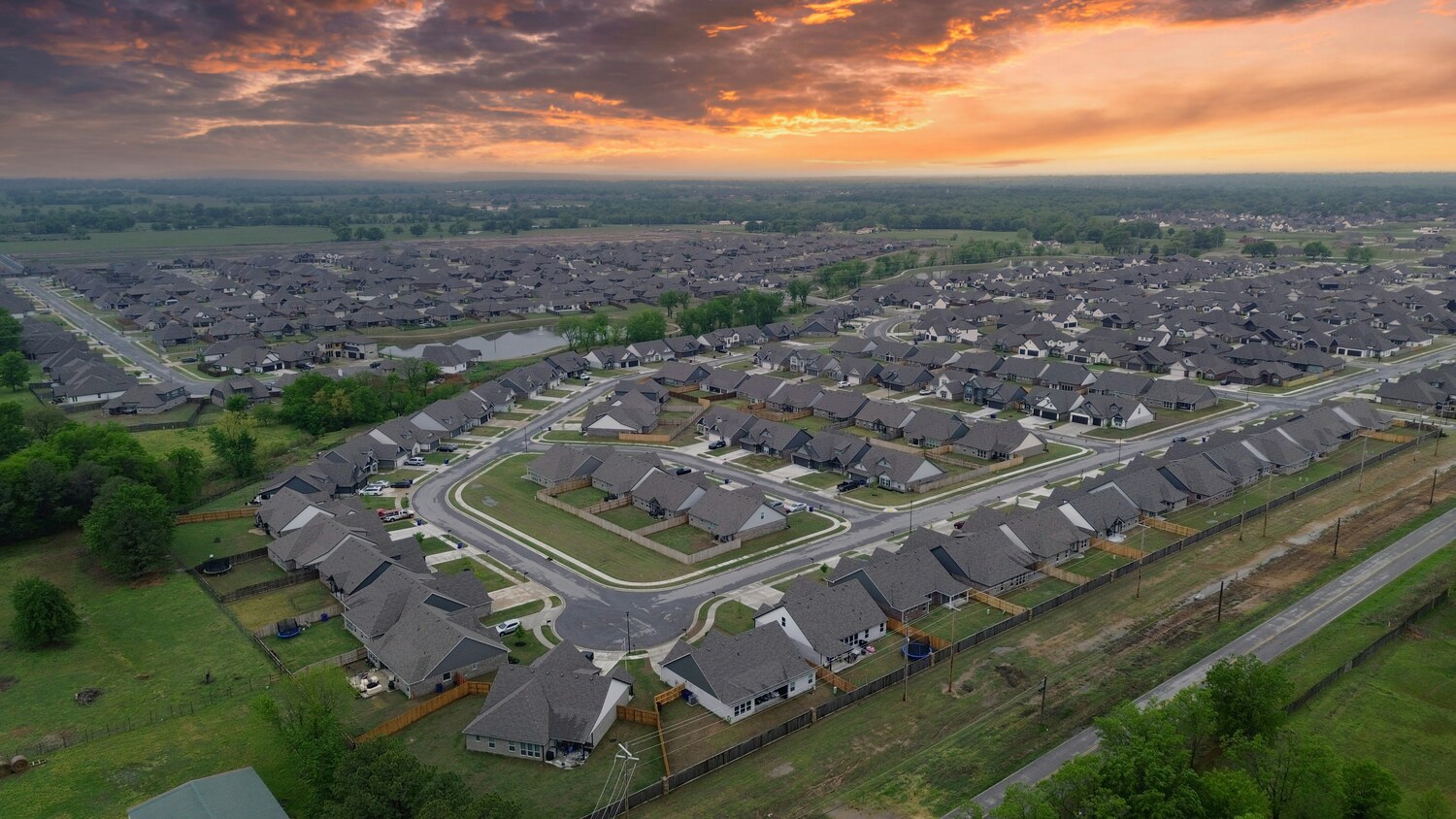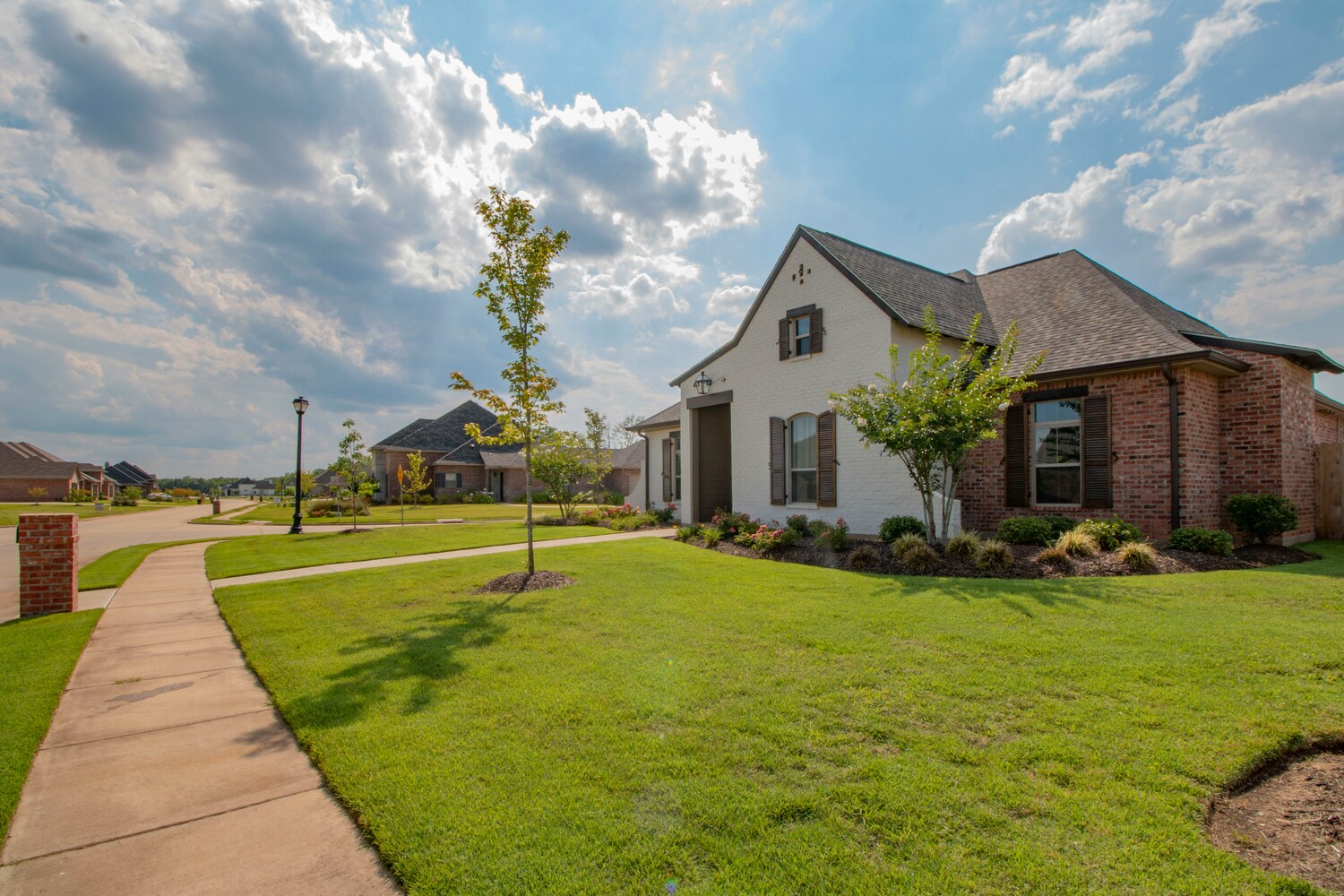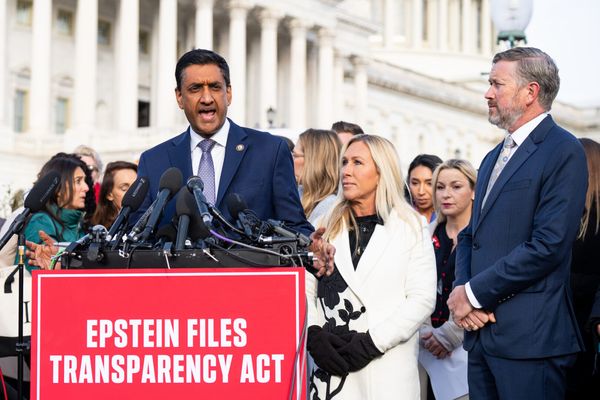
For decades, the suburbs were seen as the ideal setting for retirement: quiet neighborhoods, ample space, and a peaceful alternative to crowded cities. But in 2025, a surprising shift is underway—retirees are leaving the suburbs in record numbers. From rising costs to dwindling services, the very areas once marketed as “perfect for aging in place” are now prompting older Americans to pack up and move out.
This trend isn’t just anecdotal. Real estate data, retirement studies, and firsthand reports show a growing number of retirees rethinking their surroundings and choosing to relocate to places that better suit their evolving needs, budgets, and lifestyles. It’s not just about downsizing. It’s about survival, social connection, and quality of life.
Let’s explore the key reasons why retirees are leaving suburban neighborhoods behind and where many are headed next.
Why Retirees Are Fleeing the Suburbs in Record Numbers
The Rising Cost of Staying Put
Many retirees assumed that paying off their mortgage meant stability in retirement. But that illusion is rapidly fading. Even without a monthly mortgage payment, suburban homeowners are facing skyrocketing property taxes, homeowners’ insurance, and maintenance costs.
In many suburban areas, local governments are increasing taxes to make up for budget shortfalls, placing the burden squarely on older residents with fixed incomes. Aging homes in these communities require expensive upkeep: new roofs, HVAC systems, plumbing repairs, and landscaping bills that add up quickly.
For many, it’s become cheaper to sell the house and move somewhere smaller, newer, and more cost-effective than to continue bleeding cash on a house that no longer fits their life.
Isolation Is Becoming a Health Risk
While suburban neighborhoods can be peaceful, they can also be incredibly isolating, especially for older adults. As adult children move away and neighbors come and go, retirees often find themselves living alone, far from community hubs or essential services.
With limited public transportation and few nearby walkable amenities, many retirees feel stranded. They may need to drive to get groceries, see a doctor, or attend social events. But driving becomes more difficult with age, and some eventually lose the ability altogether.
The result? Increased loneliness, missed appointments, and declining mental and physical health. Many retirees are now seeking out walkable, community-focused environments where social connection and services are within reach.
Health Services Are Too Far Away
Access to reliable healthcare becomes more important with age, but suburban sprawl can make that access harder to maintain. Many suburban retirees report long drives to specialists, limited home care availability, and few nearby urgent care centers.
As hospital systems consolidate, some suburban areas have lost their local clinics altogether. In emergencies, response times can be slower. For retirees managing chronic conditions or navigating recovery from surgery, the lack of nearby care becomes a major liability.
Rather than wait for an emergency to reveal these gaps, more retirees are choosing to move closer to medical infrastructure, often in urban centers, university towns, or retirement-focused developments.
Services That Once Made Suburbs Appealing Are Disappearing
Many retirees chose their suburban homes for the safety, cleanliness, and reliable public services. But over time, those services are quietly vanishing. Trash collection is being scaled back, public libraries and senior centers are closing, and neighborhood watch programs have dwindled due to low participation.
Budget cuts, labor shortages, and shifting municipal priorities have left many suburban areas under-maintained. Road repairs take longer, snow removal is delayed, and even public parks have fallen into disrepair.
The suburban promise of order and comfort is breaking down, and retirees are noticing. For those who once chose the suburbs for peace of mind, that peace is now harder to find.

Downsizing Is About More Than Square Footage
Yes, many retirees want a smaller home. But it’s about more than space. It’s about freedom. Suburban properties often come with burdensome yards, multi-level layouts, and home features that become hazardous with age.
Stairs, outdated bathrooms, and large kitchens that once served a family of five no longer make sense for someone living alone or as a couple. Meanwhile, newer housing in more urban or community-oriented developments often includes accessible design, modern amenities, and maintenance-free living. Retirees aren’t just trading square footage for savings. They’re trading stress for simplicity.
Suburban Safety Isn’t What It Used to Be
One of the biggest myths about suburbs is that they’re inherently safer. But crime is rising in many suburban areas, particularly as economic strain hits formerly stable neighborhoods. From package theft to home break-ins, retirees are reporting increased anxiety about security.
In addition, many suburban areas lack street lighting, neighborhood patrols, or rapid emergency response. Some retirees are turning to costly home surveillance systems to compensate, but others are simply choosing to move to places where community safety is taken more seriously. Whether it’s a gated senior community, a well-maintained condo complex, or a secure city building, retirees are prioritizing safety in new ways.
A Desire for Community and Vibrancy
Retirement isn’t what it used to be. Many modern retirees don’t want to be tucked away in sleepy cul-de-sacs—they want connection, culture, and activity. Suburbs that lack theaters, cafes, classes, or social hubs are being left behind in favor of communities that offer more than just quiet.
There’s a rising interest in “age-friendly cities” where sidewalks, transportation, and public spaces are designed with older adults in mind. These areas offer not just safety and access, but stimulation, engagement, and purpose. Today’s retirees want to stay active, not just stay still.
The Great Retirement Relocation Is Just Beginning
The suburban dream is no longer the retirement ideal it once was. As the cost of living rises, services dwindle, and isolation grows, more retirees are realizing that staying in place often means falling behind socially, financially, and medically.
The new wave of retirement living is about intentionality. Retirees are choosing community over square footage, accessibility over nostalgia, and vibrancy over silence. The choice to leave the suburbs isn’t just a rejection of sprawl. It’s an embrace of a more connected, empowered future.
Are you or someone you know rethinking the suburbs in retirement? What’s driving the change, and where do you see yourself next?
Read More:
Why Some Retirees Secretly Return to Work And Never Tell Anyone







